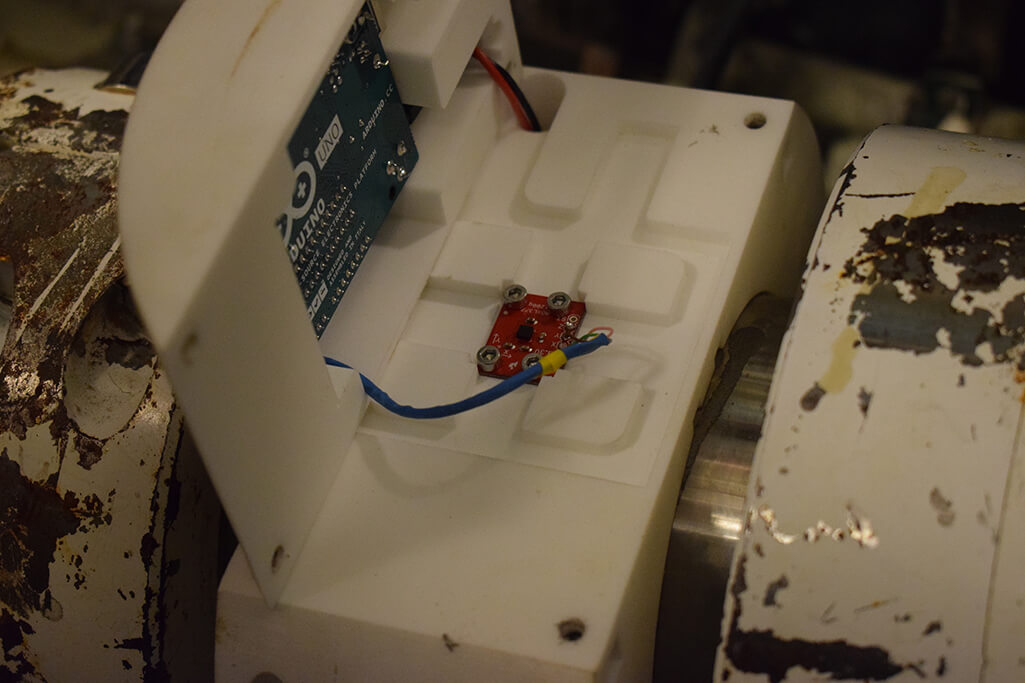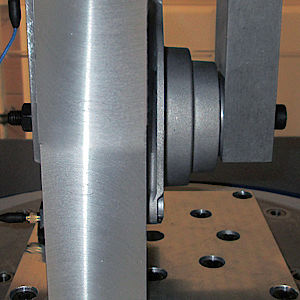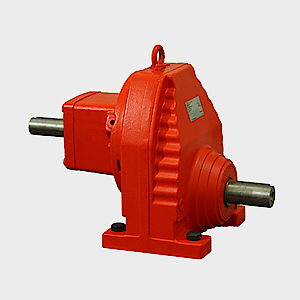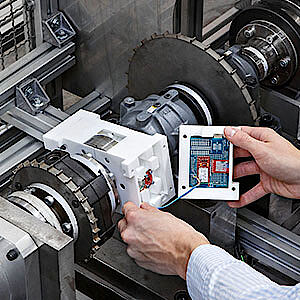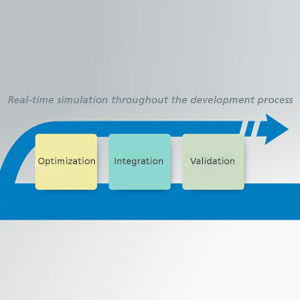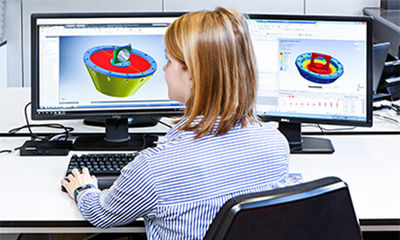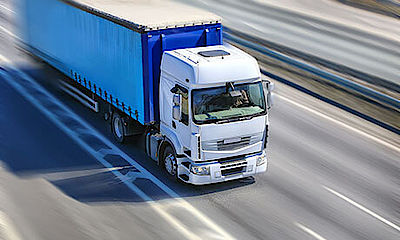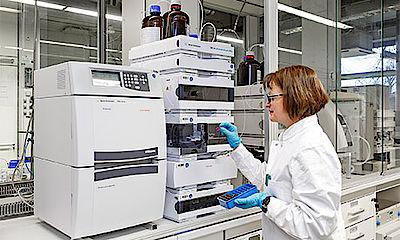Energy self-sufficient sensor systems for fail-safe maritime drive systems.
Energy efficiency, status monitoring, reliability
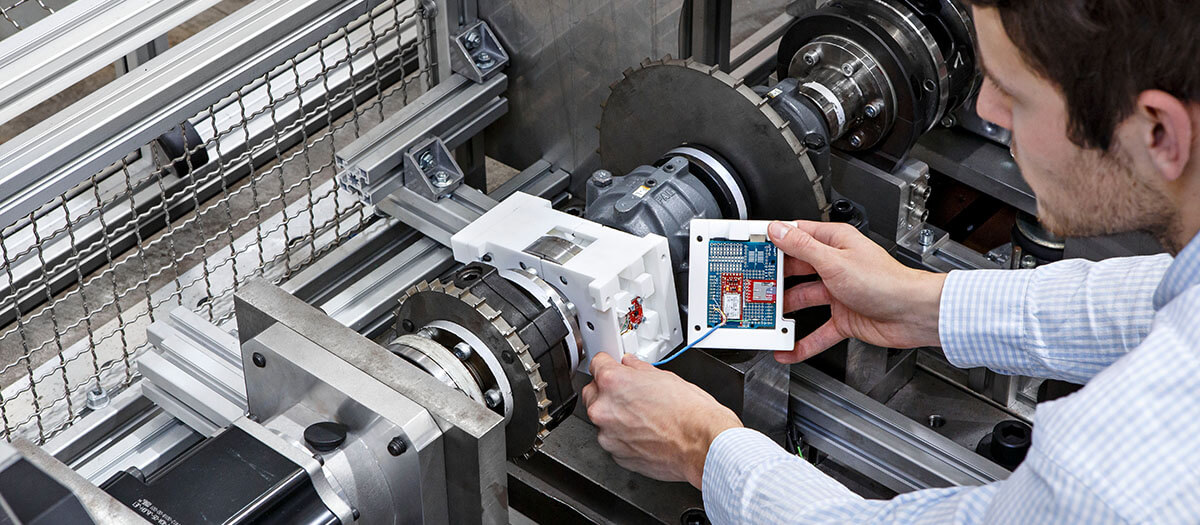
During the process of digitalization in maintenance and repair work, load and status data is created at all times regarding failure-critical components, and this is automatically evaluated. The information obtained in this way is used to implement maintenance work that is targeted at needs and is more cost-effective. It can also support the development of new drive generations towards lighter dimensions that meet requirements. Through the use of energy self-sufficient sensor systems, an additional contribution can be made towards improving environmental compatibility and energy efficiency of future generations of ships.
The failure of ship systems caused by faulty drive train components causes considerable economic losses due to downtime and the associated delays in supply and loss of earnings. Intelligent drive trains are set to provide help through the use of rotating, energy self-sufficient sensor systems. Conventional sensors for monitoring rotating systems are reliant on batteries with a limited life, as well as external energy sources or high-maintenance slip rings.
During the course of development of intelligent drive trains, previously unused energy, e.g. mechanical energy from unwanted torsional vibrations, is converted into electrical energy and used to supply sensors. The solution for converting mechanical energy into electrical energy is offered by the electrodynamic vibrational energy generator developed by Fraunhofer LBF.
This allows one or more sensor nodes to be operated in a rotating system, from which the generated data is transferred wirelessly via WiFi or Bluetooth to the recipient. The measured data provides information on the load and the status of critical components in the drive train and may be used as a basis for calculating the remaining service life. Acceleration sensors or temperature sensors may be the solutions used for status monitoring of rotating systems.
When testing the energy harvester on a test bench at Fraunhofer LBF, it was possible to generate several milliwatts of power from mechanical vibrations. Just one milliwatt of power is needed to operate MEMS (microelectromechanical system) sensors including microelectronic preliminary data processing and data transfer. Initial operational tests on a ship’s drive shaft showed that data transfer via Bluetooth from the engine room to a central on-board computer is possible. In this process, it was possible to reliably transfer the time signal, which shows the amplitude of the acceleration and the sinusoidal, torsional vibration. One challenge in the development of energy self-sufficient sensor systems in drive trains is energy management, in which continuous or cycled data generation, processing and transfer must be implemented during operation using varying vibrational energy.
The special feature of these energy self-sufficient sensors is the fact that the user receives status information via wireless data transmission in real time as long as the drive train is rotating. In this process, the sensor system is independent of external energy sources. This removes the need for any (electro-) mechanical connections between the rotating and stationary system. No batteries or slip rings need to be maintained or replaced and maintenance intervals can be extended. In addition, the sensor system can be attached directly to the operating area being monitored as well as to hard-to-reach places in drive trains.
Energy harvester development:
Publicly funded SmartPS project as part of the MARTEC call (BMWi and PTJ)
Cooperation with Reintjes Power Train Solutions
Continental Contitech
Deltamarin
BNTU
Gdansk University of Technology
Development of rotating sensors:
Initial testing in ship’s drive on river journeys in cooperation with Center for Photonics and Quantum Materials at the Skolkovo Institute of Science & Technology.

“Particularly in ship’s drive trains, which are highly varied in terms of their complexity and size, energy harvesters are very well-suited to generating energy for sensors or actuators. If an intelligent, low-energy control strategy is added, their benefits are increased further. In view of the trend toward predictive maintenance concepts, this is highly relevant.” Dr. Thomas Kruse (project partner Reintjes GmbH)
Contact
- Matthias Gerhardt, M.Sc.
- Phone: +49 6151 705-598
- matthias.gerhardt@lbf.fraunhofer.de
- M. Eng., Dipl.-Ing. (FH) Michael Koch
- Phone: +49 6151 705-413
- michael.koch@lbf.fraunhofer.de

